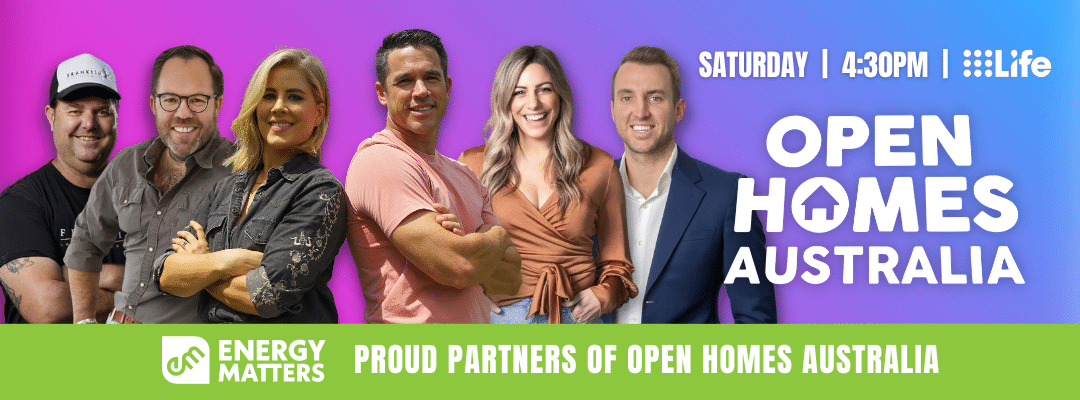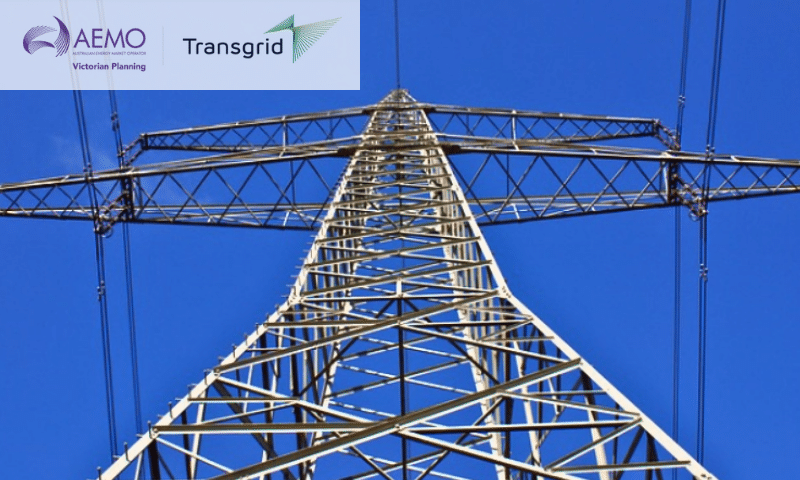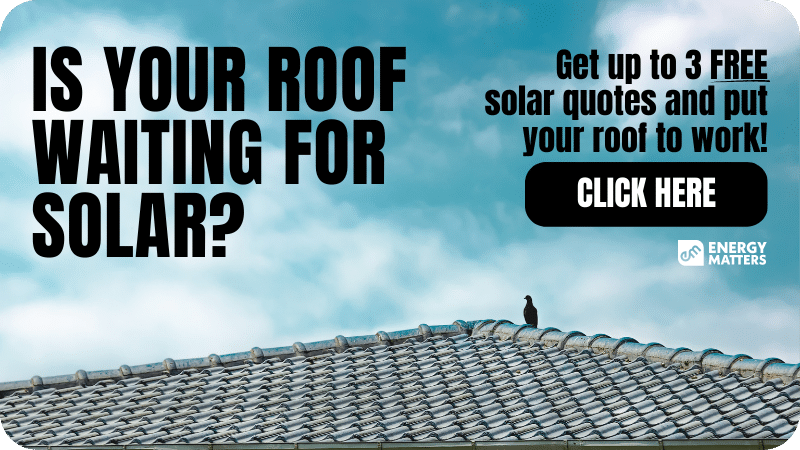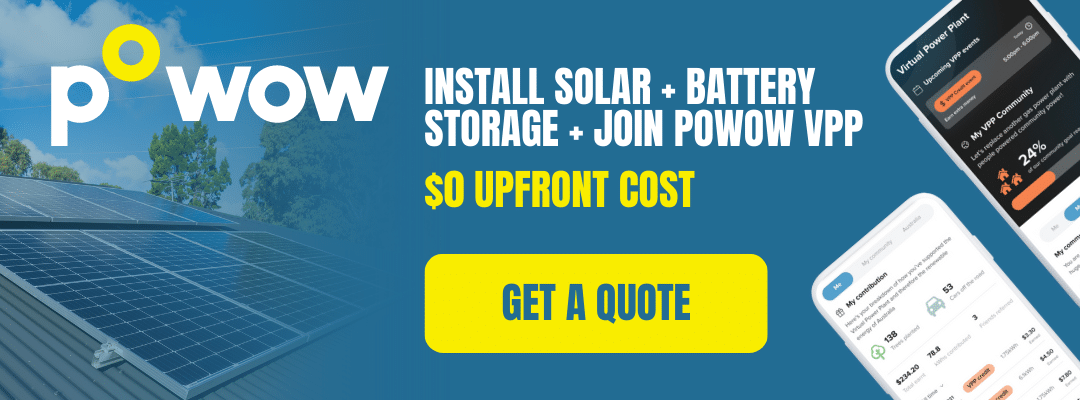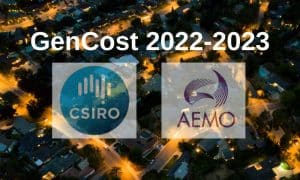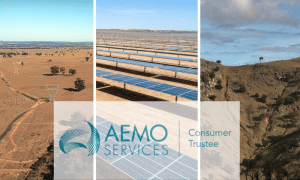The Victoria to New South Wales Interconnector West (VNI West) Transmission Project is a major infrastructure initiative led by the Australian Energy Market Operator (AEMO) that aims to upgrade and expand the electricity transmission network in the western region of Victoria. The project is part of the Victorian Government’s plan to integrate more renewable energy into the grid and support the transition to a cleaner and more sustainable energy system. Visit our page to learn about the VNI West Transmission Project.
A Consultation Report on the additional analysis conducted for the VNI West Transmission Project was released last February 2023 by AEMO Victorian Planning (AVP) and Transgrid. The report describes a new preferred alternative for the VNI West connection to Western Renewables Link (WRL), close to Bulgana. Stakeholders’ comments are invited during the six-week consultation, which ended on Wednesday, April 5, 2023.
If you’re looking to save money on your electricity and gas bills, Energy Matters can help using our “Energy Health Check”!
“Energy Health Check” is a cutting-edge energy comparison tool that makes it easy to compare your area’s most competitive energy plan offers. We collect the data from our wide range of trusted solar retailers in Melbourne, allowing you to decide on the switching plan and find the best deal for your needs.
On April 5, Professor Bruce Mountain, Director of the Victoria Energy Policy Centre at Victoria University, and Simon Bartlett (AM), a former member of the National Electricity Market’s Reliability Panel and a professor of electrical engineering, submitted 118 pages and provided a thorough critique of AEMO’s Consultation Report.
Conclusion: The development of WRL-VNI will be a monumental mistake
The two energy experts are raising concerns about the proposed major transmission projects in Western Victoria, calling them a “monumental mistake”, specifically the WRL-VNI (Western Renewables Link- Victoria to New South Wales Interconnector West) that could have severe consequences for the region’s energy grid. AEMO has put forward plans for several transmission projects in the area, but critics argue that they are unnecessary, costly, and detrimental to the environment.
Energy experts are urging authorities to reconsider the AEMO’s transmission plans for Western Victoria. Their report highlights concerns over the potential negative impacts on the local environment, the high costs associated with the projects, and the need for proper consultation with local communities.
One of the main criticisms of the proposed transmission projects is that they need to be aligned with the transition to renewable energy sources. Critics argue that instead of investing in large-scale transmission infrastructure, the focus should be decentralisation and localised renewable energy generation.
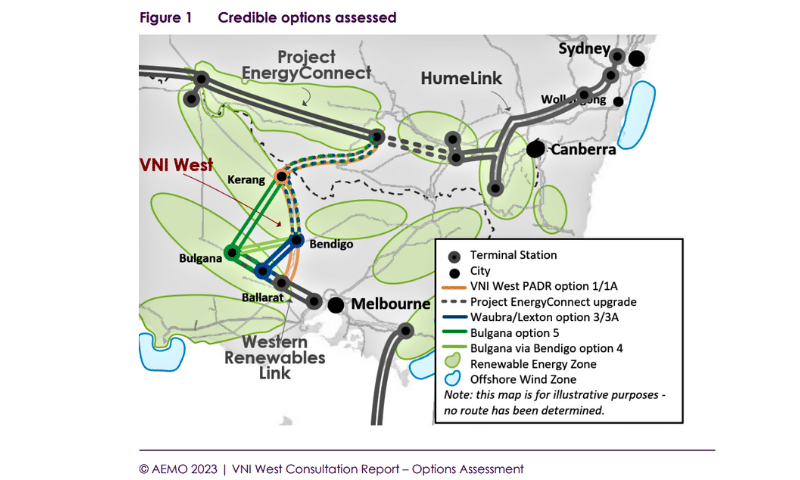
The report’s critiques
- WRL-VNI will drastically increase the exposure of Victoria’s power system to natural disasters and terrorism risks.
- Recovering the capital outlay in WRL-VNI will increase transmission charges in Victoria by at least 70%. The ongoing operation and maintenance charge will increase transmission charges by 25%. In round numbers, WRL-VNI will therefore double transmission charges in Victoria.
- WRL-VNI will also detrimentally affect the efficiency of the Victorian power system by wasting existing transmission capacity (the extensive 500 kV and 220 kV network from the Latrobe Valley to Melbourne) and forcing the development of renewable electricity in locations that are further away from Victoria’s main load centre and will have a large part of their renewable energy wasted by spillage due to severe congestion on VNI West. This, too, will push prices up relative to what they otherwise would be.
- The development of WRL-VNI will delay the transition to renewable electricity in Victoria. It will do this by forcing new renewable entries to wait on the completion of this massive transmission augmentation (which is likely to take eight years to complete). It also undermines the development of onshore renewable generation in Gippsland and adjacent areas. It thus wastes the capacity of Victoria’s most valuable electrical transmission infrastructure connecting the Latrobe Valley to Melbourne.
- WRL-VNI lays the foundations for massive additional 500 kV transmission developments in west, central and northern Victoria. This will likely involve additional expenditure at least as big as WRL-VNI to follow in the decade after WRL-VNI is completed.
- Finally, when it was first proposed, VNI-W was christened “Snowylink South”, and its rationale was claimed to be making the capacity of the promised Snowy 2.0 pumped hydro station available to Victoria. But WRL-VNI, according to AVP, makes no perceptible difference to the dispatch of Snowy 2.0, and in reality, Snowy 2.0 will become choked by the congestion on VNI West and Humelink. Instead. of any gain from Snowy 2.0, AVP’s analysis contends that the bulk (75%) of the benefit of WRL-VNI lies in the substitution of pumped hydro generation in Victoria by batteries in NSW.
Professor Mountain expressed his concerns
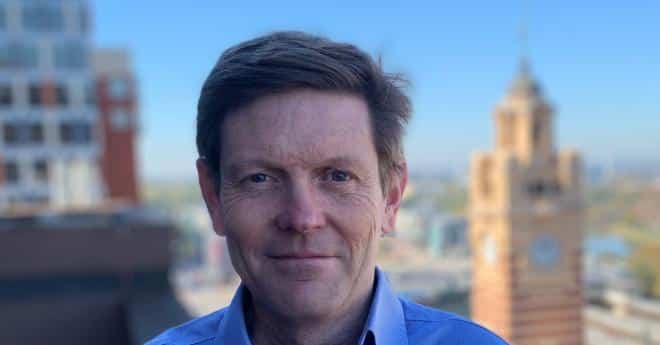 Professor Bruce Mountain, Director of the Victoria Energy Policy Centre at Victoria University
Professor Bruce Mountain, Director of the Victoria Energy Policy Centre at Victoria University
“AEMO is stuck in the past, pursuing a redundant vision that suits its corporate interests, under the guise of providing solutions for the urgent energy transition.”
“AEMO has pushed for an unchecked monopoly. Energy ministers have, so far, caved-in to its demands.”
“AEMO is not a small expert organisation anymore. It’s a corporation and I think ministers have frankly lost the plot in the transmission task. They need to get involved.”
“The public has been repeatedly told that the transition to renewables will mean lower prices. With AEMO at the helm, the opposite will happen. Instead of making the best use of the wonderful grid we already have, AEMO want the community and renewable generation developers to wait on it to deliver its monumental plans. Its own analysis shows that the most monumental thing about its plans is the amount of time, natural resources and money it wastes.”
Other concerns
Environmentalists are worried about the potential impact of the transmission projects on the local ecosystem. Western Victoria is known for its unique flora and fauna, including endangered species such as the Growling Grass Frog and the Powerful Owl. Environmental groups argue that the transmission projects could result in habitat destruction, fragmentation, and loss of biodiversity.
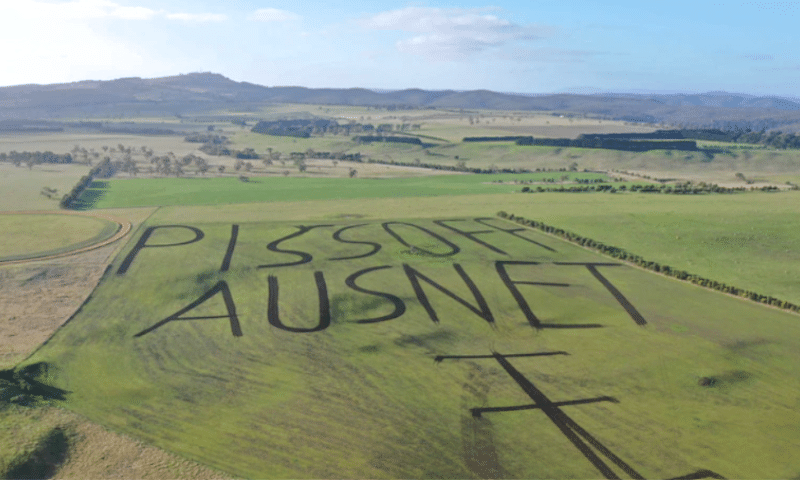 Farmers have blocked AusNet technicians from entering their properties, delaying the approved Western Renewables Link (picture taken in 2022).
Farmers have blocked AusNet technicians from entering their properties, delaying the approved Western Renewables Link (picture taken in 2022).
The cost of the proposed transmission projects is also a significant concern. The estimated cost of the projects is in the billions of dollars, which would be passed on to consumers through higher electricity prices. Critics argue that this would unnecessarily burden households and businesses, especially considering the availability of alternative, more cost-effective options.
There are concerns about the lack of meaningful engagement and consultation with local communities. Many residents in the affected areas have expressed frustration over the lack of information and consultation regarding the proposed transmission projects. They argue that their concerns and suggestions have been ignored, and decisions have been made without their input. This has led to a need for more trust and confidence in the planning and decision-making processes.
Source&Images: Victoria Energy Policy Centre (VEPC), AEMO, ABC News
Still can’t afford to switch to solar power?
Are you considering getting solar panels but are currently short on funds? You can still invest wisely, and Energy Matters can help you.
Powow and Energy Matters have teamed up to provide our consumers with an alternative to switching to solar power and battery storage. The biggest obstacle to installing solar and battery storage is typically finance. With Powow’s PPA and VPP, our customers will have a $0 upfront option and financial stability in the uncertain energy market.
Get up to 3 obligation-free quotes by getting in touch with us right away. Find out what payment plan options suit your needs and budget!
Check out our page for Powow: Power Purchase Agreement (PPA) and Virtual Power Plant (VPP).
Energy Matters will feature stunning homes installed with the latest solar technology every Saturday at 4.30 pm on Open Homes Australia on the 9Life channel. Be sure to watch this show; you don’t want to miss it!
